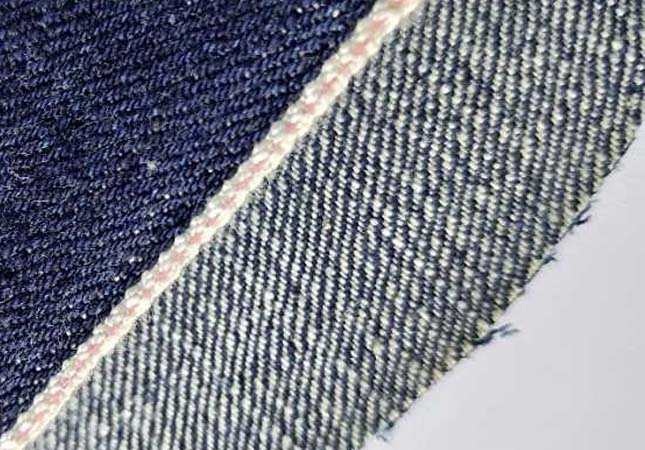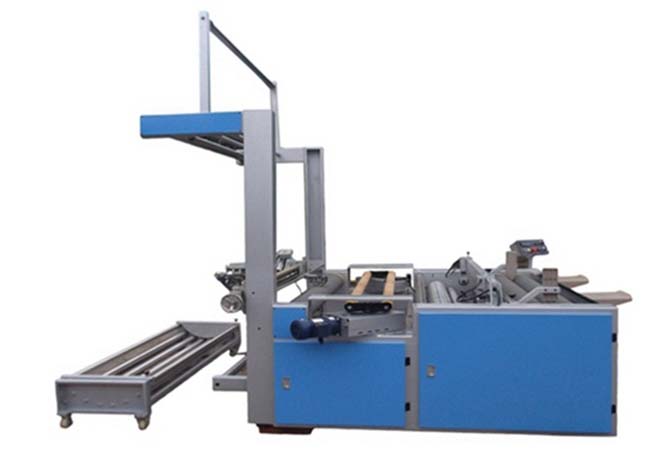During the weaving process, the warp yarns may protrude from the edges of the fabric in the form of tufts or loops, resulting in what is known as selvage. Additionally, non-woven fabrics can experience defects from uncut or excessively long weft yarns, also resulting in selvage. Selvage is commonly found on both sides of a fabric roll, and its presence can significantly impact the quality of the finished apparel. Therefore, to improve the quality of the fabric roll and reduce the negative impact of selvage on the final product, most garment factories prefer to trim the selvage using fabric cutting machine prior to fabric inspection.
Reasons of Fabric Selvage Generation
(1) Residues of previous weft threads on the shuttle or on the shuttle box are brought into the shuttle during weaving.
(2) The cutter of the selvage brace is worn out or improperly installed.
(3) Improper placement of the selvage brace prevents the selvage cutter from cutting the weft thread in time.
(4) When the projectile is pulling the weft thread, if the hook needle adjustment is incorrect, the hook needle is bent or worn, the shuttle opening is too large or closes too late, the hook needle cannot catch the weft thread, causing it to protrude outside the fabric edge. Improper adjustment of the fabric edge yarn clamp causes it to fail to hold the weft thread. Weak braking force of the weft yarn brake or improper adjustment of the projectile brake causes excessive weft yarn to be carried by the projectile, and the length of the tension rod that tightens the weft yarn is limited, resulting in excess weft yarn protruding outside the fabric edge.

(5) When the air-jet is pulling the weft thread, insufficient tension in the selvage yarn affects the grip on the weft yarn. Poor clamping of the yarn clamp and improper positioning of the selvage yarn in the reed cause the selvage yarn to fail to catch the weft yarn. The last set of auxiliary nozzles has incorrect angles or jetting times, causing the length of the weft yarn to be uneven.
Various Solutions of Fabric Selvage in Garment Factories
When clothing factories receive fabrics with raw edges, they need to be processed to ensure the finished product has a neat and attractive appearance, and to avoid damaging the fibers or shedding of the fabric. Here are some common processing methods:
1. Cutting: The raw edges of the fabric are cut off with scissors or a fabric cutting machine to make the edges neat and smooth. This method is relatively simple, but care must be taken not to cut the fabric itself, to avoid damaging it.
2. Binding: A same or contrasting colored strip of fabric is sewn onto the raw edge to prevent damage to the fabric fibers or shedding. This method requires the use of a sewing machine to sew a narrow strip of fabric along the raw edge to achieve an attractive, firm and non-shedding finish.
3. Folding: The fabric edge is folded twice and then sewn into a single layer to cover the raw edge. This method is suitable for lightweight fabrics, as it makes the fabric look neat and tidy, but is not suitable for thicker fabrics.
4. Fusing: A hot-melt adhesive or heat shrink sleeve is used to heat the raw edge, causing it to solidify and bond together. This method is suitable for small raw edges and can quickly solve the problem, but care must be taken to control the temperature and avoid burning the fabric.
5. The choice of processing method should be based on the actual situation, considering factors such as the material of the fabric, the desired appearance and the usage scenario. To ensure that the desired effect is achieved after processing, it is recommended to conduct sample testing before large-scale production.
Three Fabric Cutting Methods
l Manual cutting involves using handheld scissors, rotary cutters, or straight knives to cut fabric according to a template or pattern. While this method is low-cost and versatile, it is also time-consuming and prone to human error.
l Semi-automatic cutting involves using a cutting machine that requires a human operator to feed the fabric into the machine and control the cutting process. This method is faster and more accurate than manual cutting, but it still requires significant human involvement.
l Fully automated cutting involves using computer-controlled cutting machines that can cut fabric automatically according to a pre-programmed design. These machines can cut multiple layers of fabric simultaneously and are highly precise and efficient.
Main Types of Fabric Cutting Machine
Laser cutting machine: This type of cutting machine uses a laser to cut through the fabric. It is particularly useful for cutting intricate designs and shapes.
Waterjet cutting machine: This type of cutting machine uses a high-pressure stream of water mixed with abrasive material to cut through the fabric. It is particularly useful for cutting thick or tough materials.
Ultrasonic cutting machine: This machine uses ultrasonic vibrations to cut through the fabric, which helps to prevent fraying and unraveling of the cut edges.
ST-USCM SUNTECH Ultrasonic Fabric Cutting Machine

SUNTECH Ultrasonic Fabric cutting Machine is a versatile tool that can effectively cut a variety of fabrics such as polyester, viscose, and more. Additionally, the machine comes with customization options that allow it to be designed for heat cutting or laser cutting. Its aluminum scroll roller feature opens the fabric before cutting, while the end of fabric roll stop sensor allows for the continuous joining of the next fabric roll from the previous one. The machine also has a full-width fabric inspection feature that is synchronized with other production operations. Moreover, its accurate length counting system guarantees an error rate of ≤ 0.1m/km, ensuring precise cuts every time. The SUNTECH Ultrasonic Fabric Cutting Machine also provides consistent roll output, with adjustable roll hardness, perfect edge alignment, and accurate selvedge cutting with an error rate of +/-5mm. It is available for different fabric input and output presentations such as plait to roll and roll to roll, and features waste collection after cutting, making it a reliable and efficient tool for any fabric cutting needs.
With a global customer base of over 5,000 and a track record of 17,000 successful customer cases, SUNTECH Textile Machinery is a trusted provider of professional intelligent equipment to textile enterprises around the world. Our dedication to continuous improvement and customer satisfaction has made significant contributions to the global textile industry.




